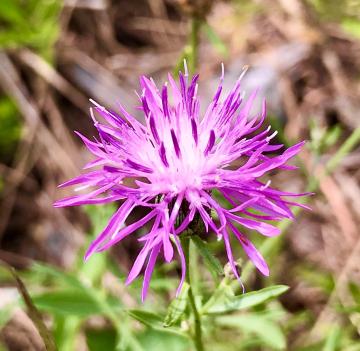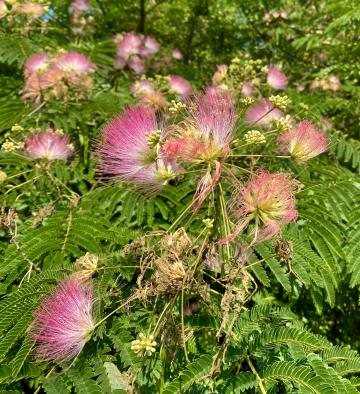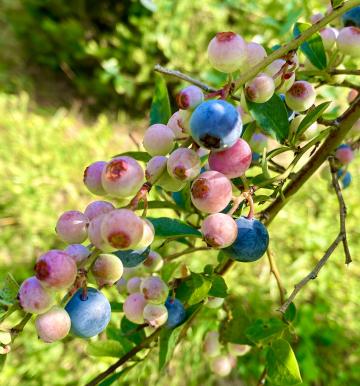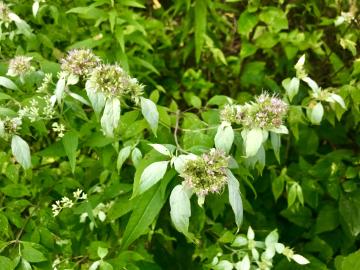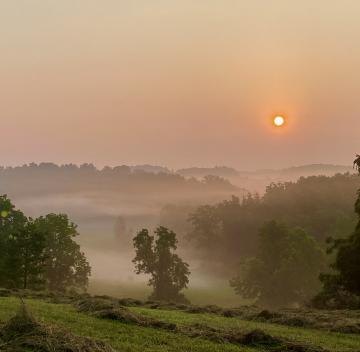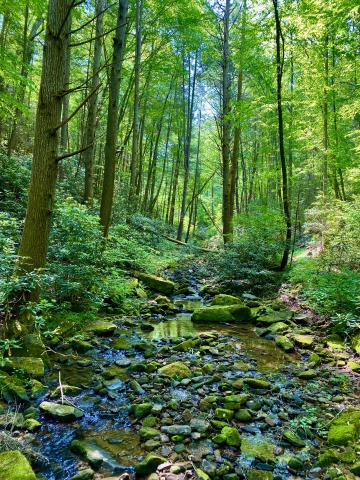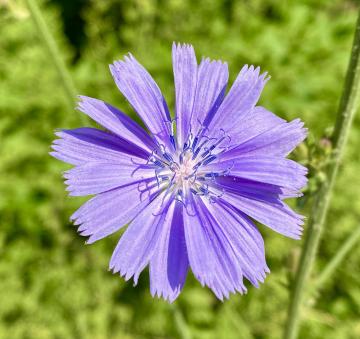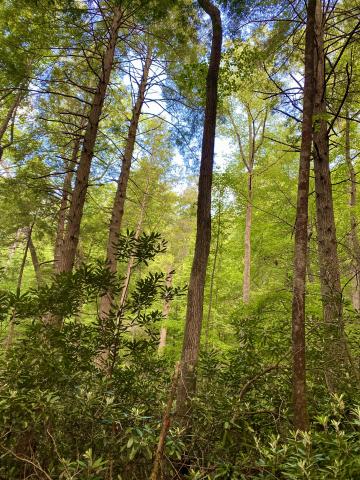The House That Saved the South
Let me warn you that this story is not for the squeamish. Way back in 1908 the millionaire John D Rockefeller wanted to make still more money, but most of his markets were saturated, so he began looking at the southern United States as an untapped marketplace. But there was a problem…the South’s economy was lousy. The people were illiterate, dirt poor, and were perceived as lazy. Farms weren’t fully operational, and the economic engine seemed to be turned off.
- Read more about The House That Saved the South
- Log in to post comments

